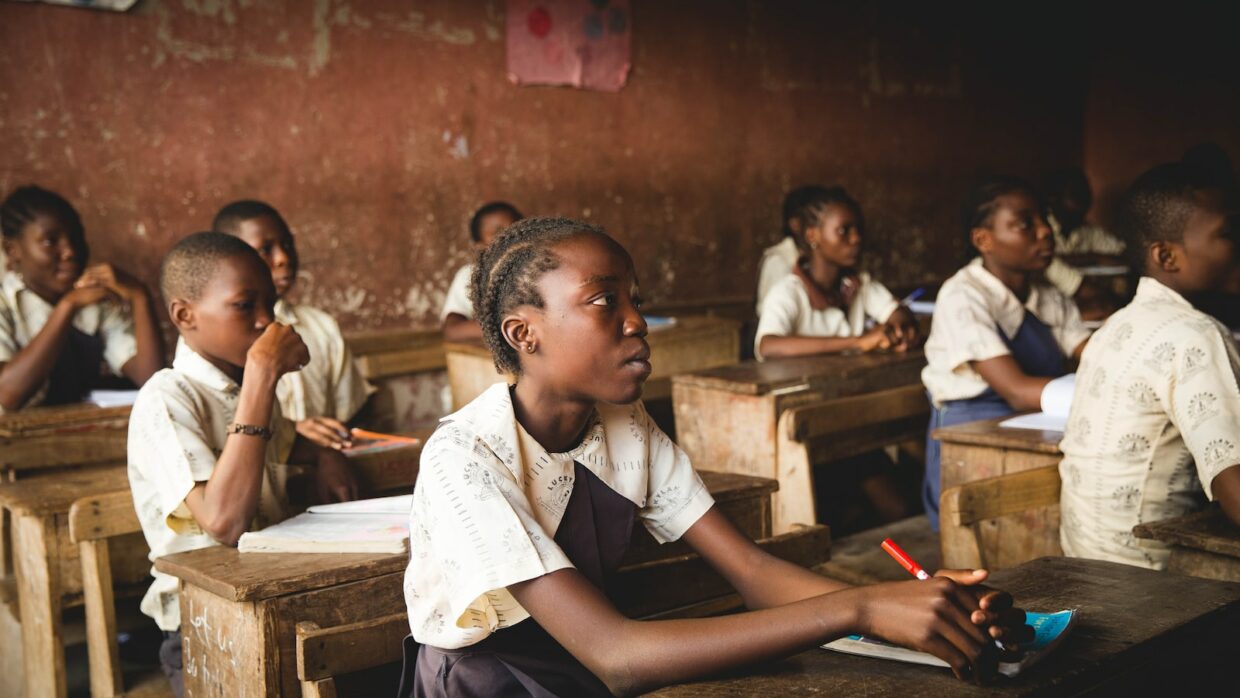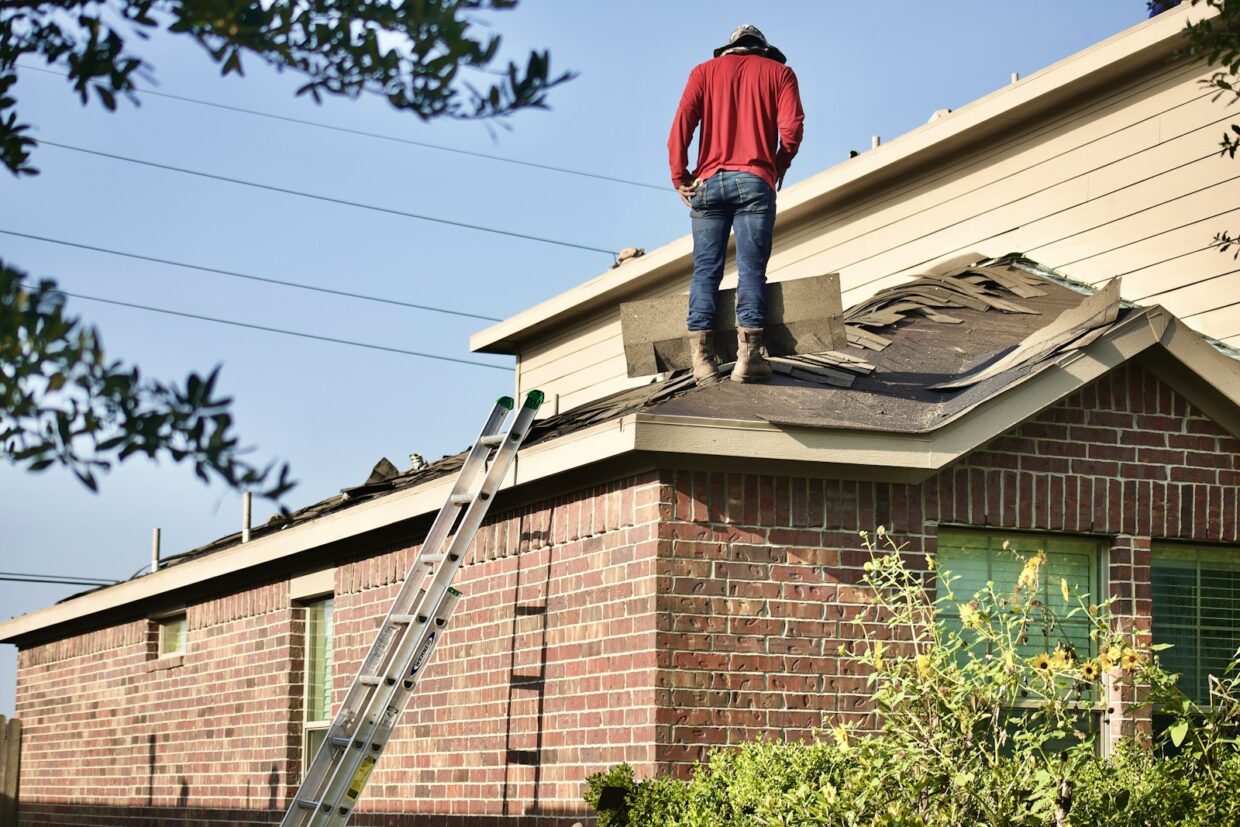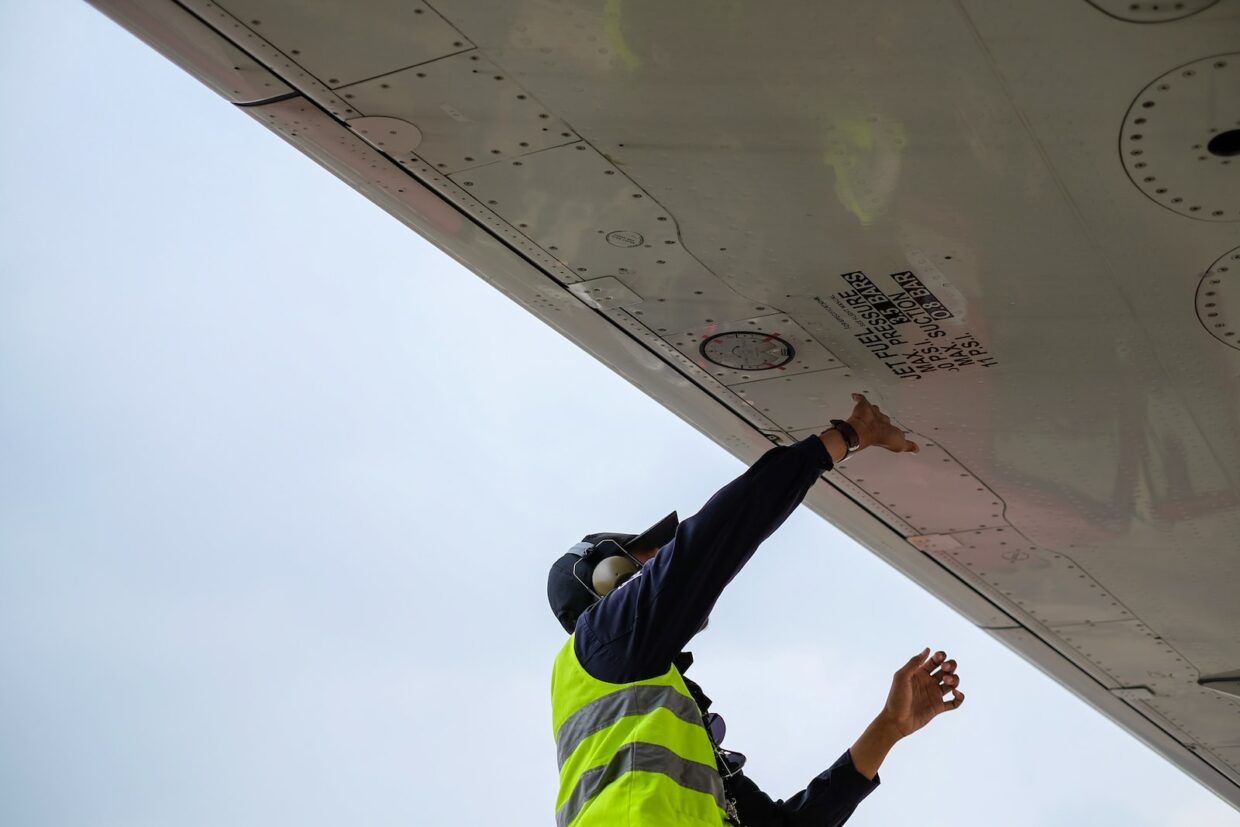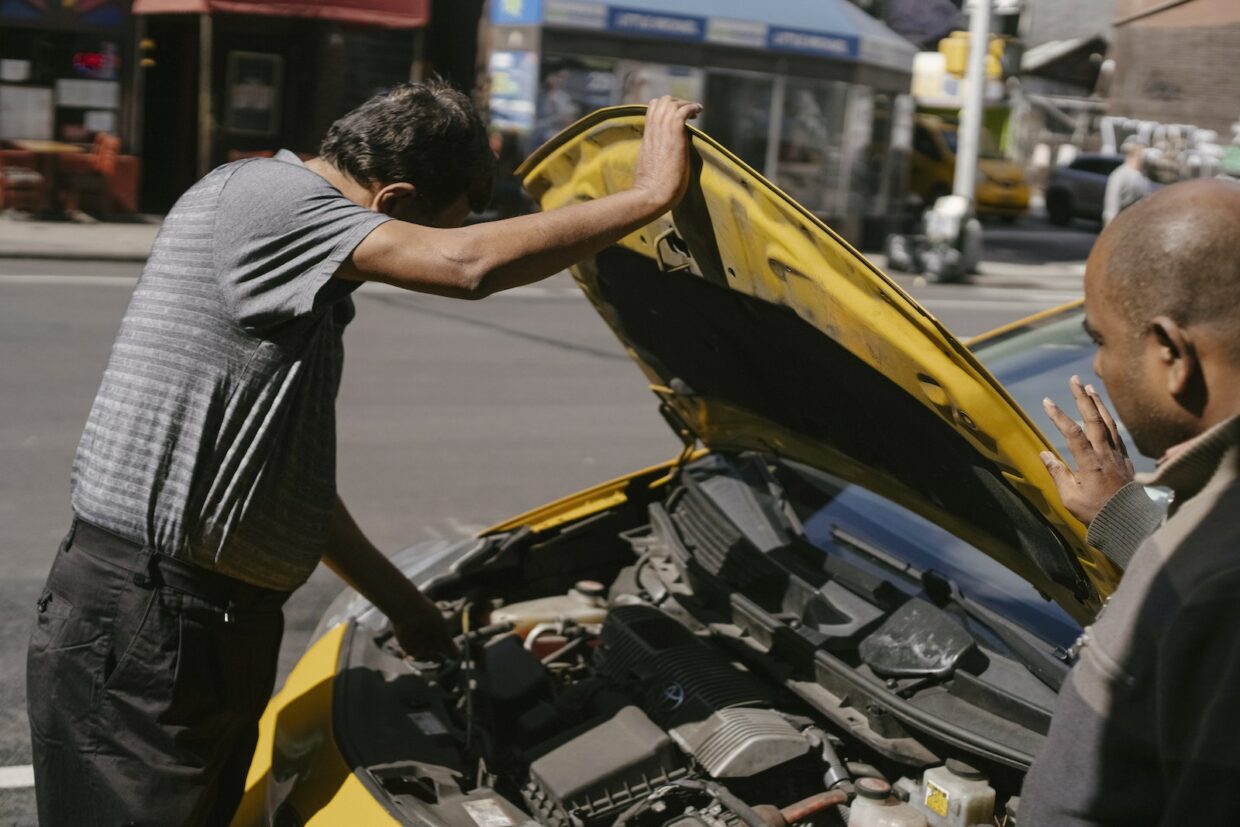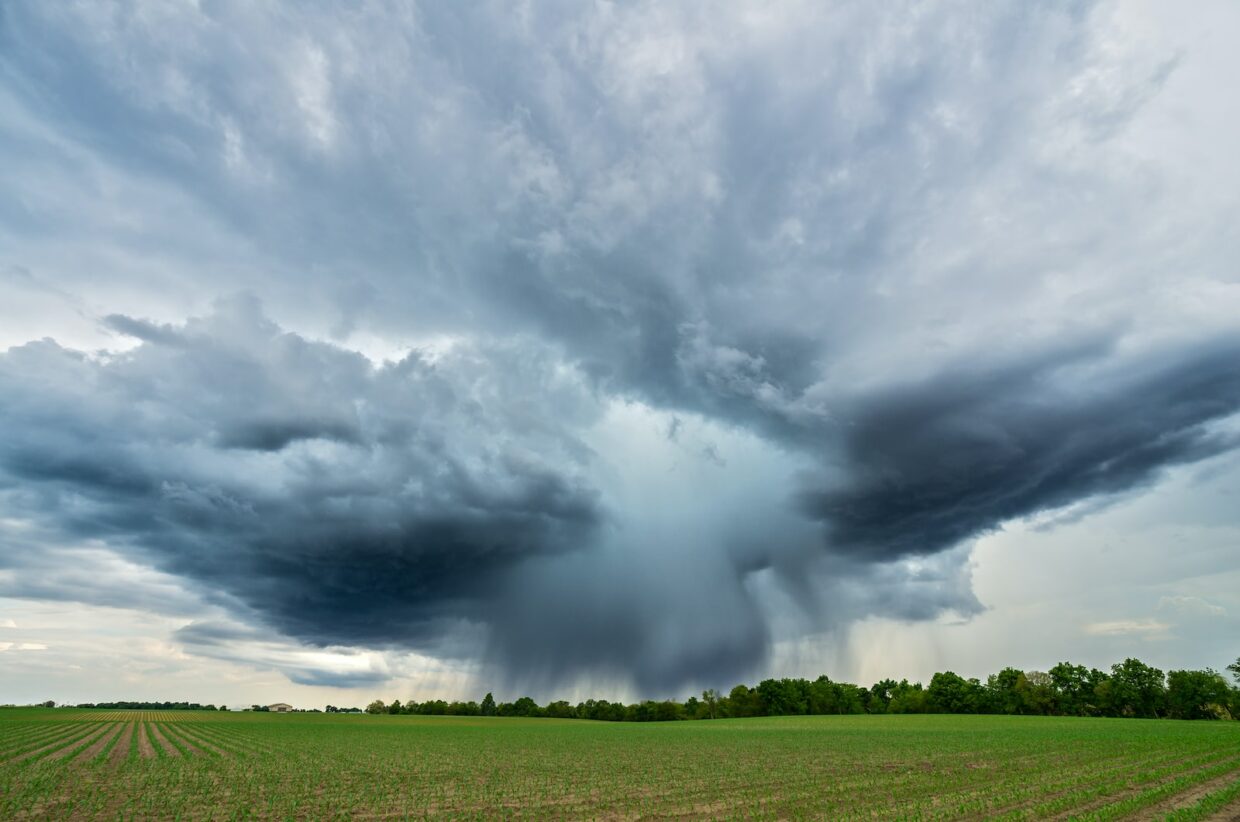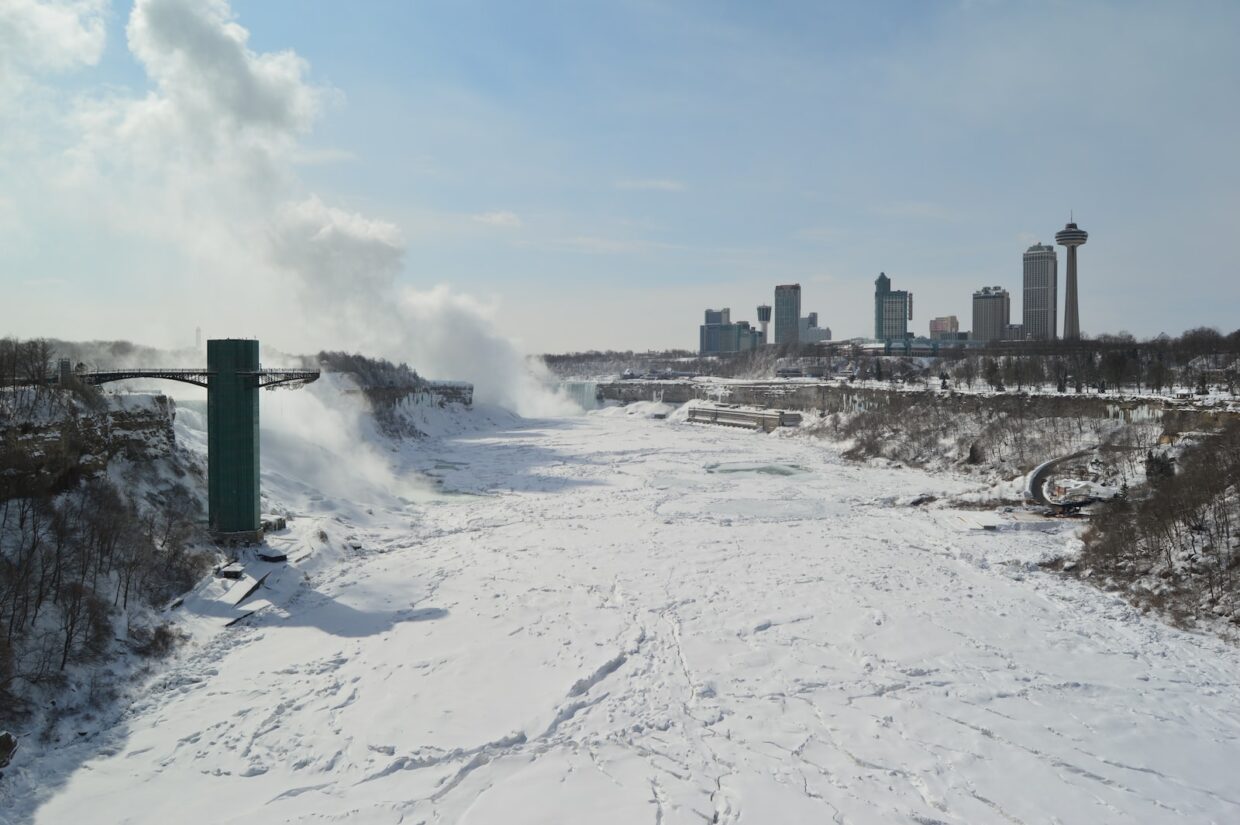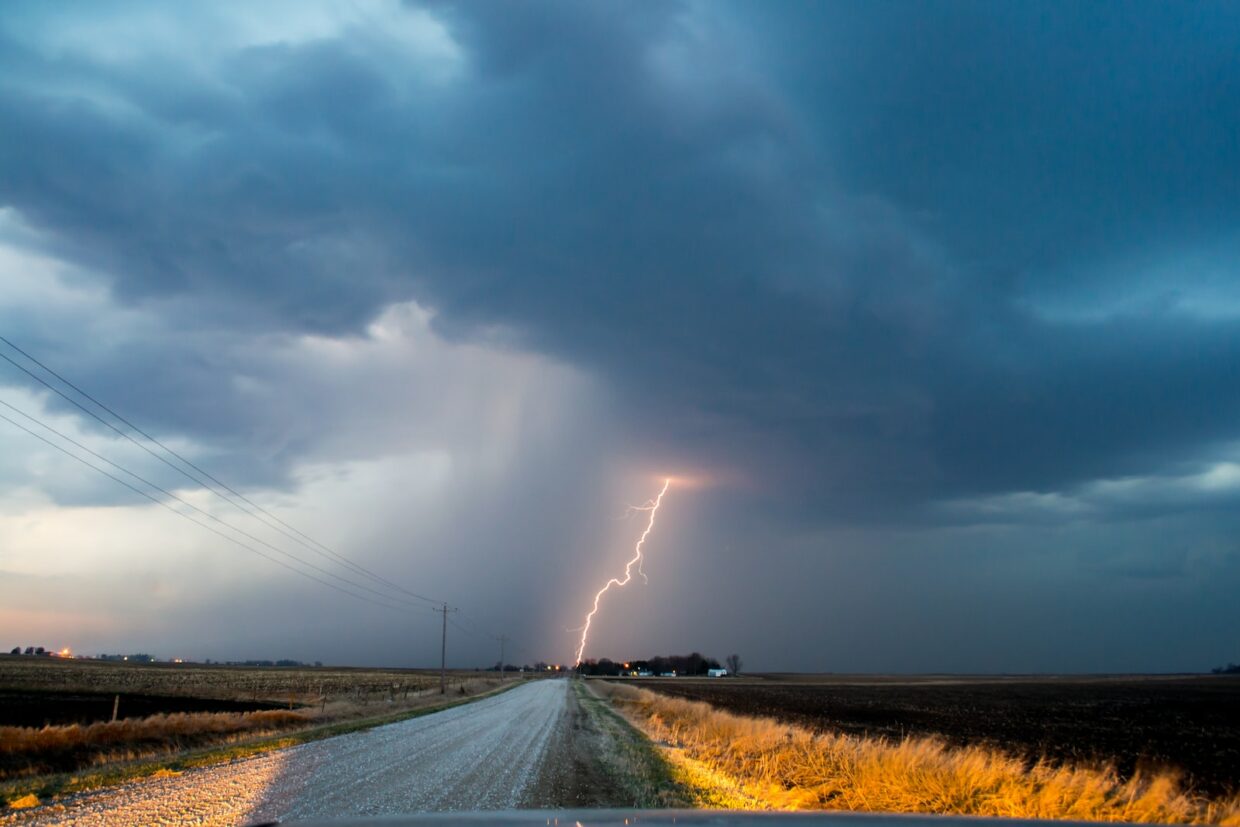New Zealand has always been home to a strong educational system, but the effects of climate change are beginning to have an increasingly detrimental impact on the standard of education across the nation. As temperatures rise and sea levels continue to climb, the impact of climate change on the environment affects the natural resources used to educate the growing population of children and young adults.
Impacts on Resources
Climate change is already impacting the resources available to educators in New Zealand. Weather-related disasters, such as flooding and drought, are forcing schools to close and reducing the availability of educational materials. In addition, rising sea levels are increasingly threatening the safety of school buildings that are located near coastal areas.
Extreme weather events are also directly impacting the quality of education, with teachers having to spend more time preparing for and recovering from natural disasters. This means that teachers have less time to devote to the actual teaching process, which can lead to a decrease in the quality of the educational experience.
Environmental Education
One of the best ways to combat the damaging effects of climate change on education is to increase environmental education in New Zealand’s schools. Environmental education helps students learn about the impacts of climate change and how they can help mitigate its effects. It also gives students the skills they need to become more informed and active citizens in their own communities.
For instance, by introducing topics such as renewable energy and conservation into the curriculum, students are given the opportunity to learn about the importance of sustainability and how they can contribute to the preservation of the natural environment. In addition to this, students can also be taught how to reduce their own carbon footprints by implementing simple changes such as reducing their reliance on single-use plastics or investing in locally-sourced food.
Ensuring Safety
Climate change is also posing a threat to the physical safety of students and staff in New Zealand’s educational institutions. As temperatures continue to rise, the risk of severe heat-related illnesses increases, particularly for young children and those without air conditioning in their classrooms. Schools can take steps to protect students from the elements by introducing shaded areas and providing cooling stations throughout the school grounds.
In addition to this, schools need to be prepared to respond to extreme weather events, such as floods, storms and bushfires. This means that building infrastructure needs to be reinforced and emergency protocols need to be in place to ensure the safety of students and staff in the event of a crisis.
Conclusion
Climate change is already having an effect on the educational system in New Zealand, and it is only going to become more severe in the years to come. To protect the nation’s students and teachers, educational institutions need to take steps to ensure their safety, as well as introducing environmental education into their curricula to help reduce the effects of climate change.
By working together, schools and communities can make a difference in the fight against climate change and create a healthier, more sustainable educational environment for future generations.

